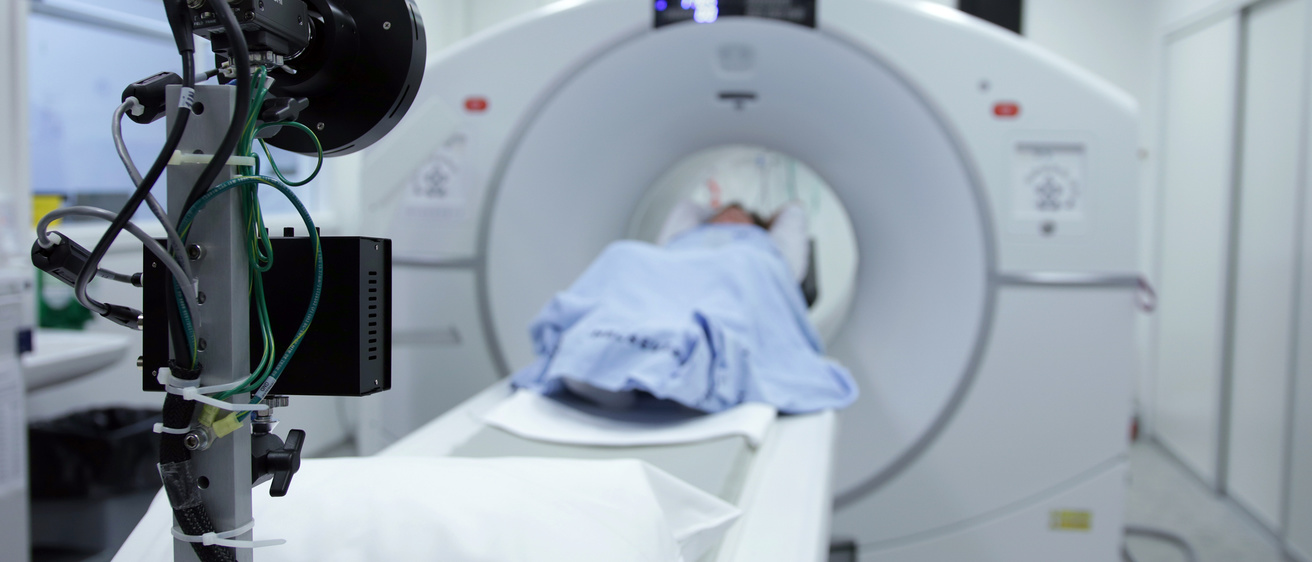Main navigation
Experimental applied physics research for physics graduate students includes two areas. In the medical area, radioactive tracers (radiotracers) are introduced into the human body. With Positron Emission Tomography (PET), we produce short half-life radiotracers from a medical cyclotron and synthesize positron-emitting radiopharmaceuticals. In Nuclear Medicine, we use gamma-emitting radiotracers for single-photon emission tomography (SPECT). A graduate course in Medical Physics is offered.
The University of Iowa has the largest teaching hospital in the U.S., which offers extensive resources for student research. Students receive a PhD in Physics. Medical-related research carried out in labs at the teaching hospital includes: developing new methods and technologies to improve medical imaging, developing new radioactivity detection devices for clinical use, and synthesizing novel radioactive tracer. Biomedical research with atmospheric-pressure plasma is carried out in collaboration with the University of Iowa's College of Dentistry. Students receiving a PhD in these areas have excellent job prospects in medical equipment manufacturers or academia.
Medical and Biomedical Physics faculty

